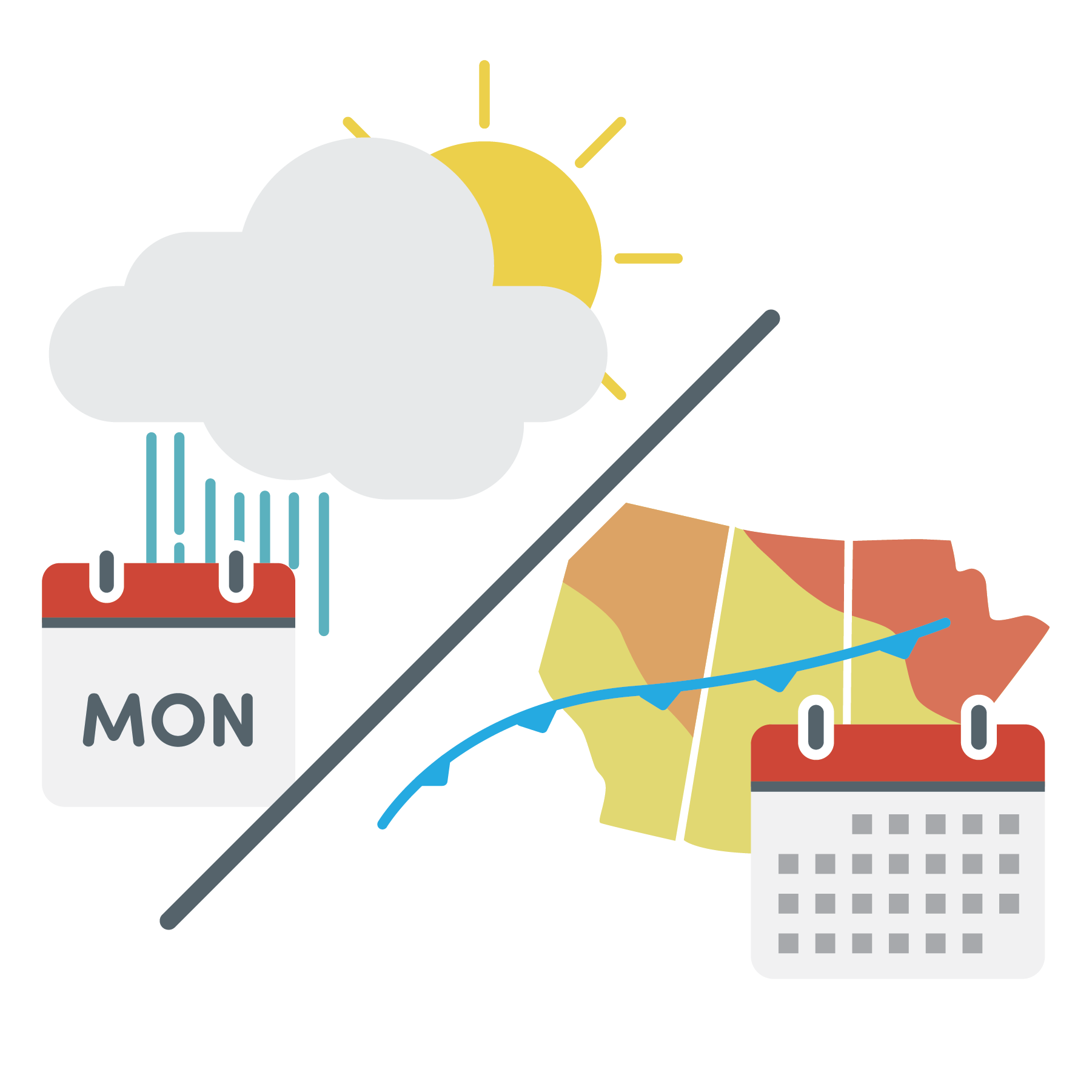
There is a big difference between the terms weather and climate. “Weather” refers to short term events occurring over hours to days, or what is currently happening outside. An example of the weather is “there was a rainstorm on June 30th.” “Climate” refers to the average weather over a longer time period typically spanning 30 years (or longer), such as the average number of rainstorms and the amount of rain expected in the month of June for any given year in Calgary.
Now that you know the difference between the weather and the climate, it is much easier to understand climate change. Climate change refers to a change in the state of the climate that can be identified (e.g., by using statistical tests) by changes in the mean and/or the variability of its properties, and that persists for an extended period, typically on the scale of decades, centuries, or longer. A change in the climate can occur naturally or as a result of human activities.1 More detailed information on climate change can be found here.
Most scientists agree that since the start of the twentieth century, human activities such as the burning of fossil fuels have changed Earth’s climate. Over millennia, however, Earth’s climate also naturally cycles between periods with a warm climate and periods with an extreme cold climate. This variation in climate parameters caused by nonhuman forces is called natural climate variability
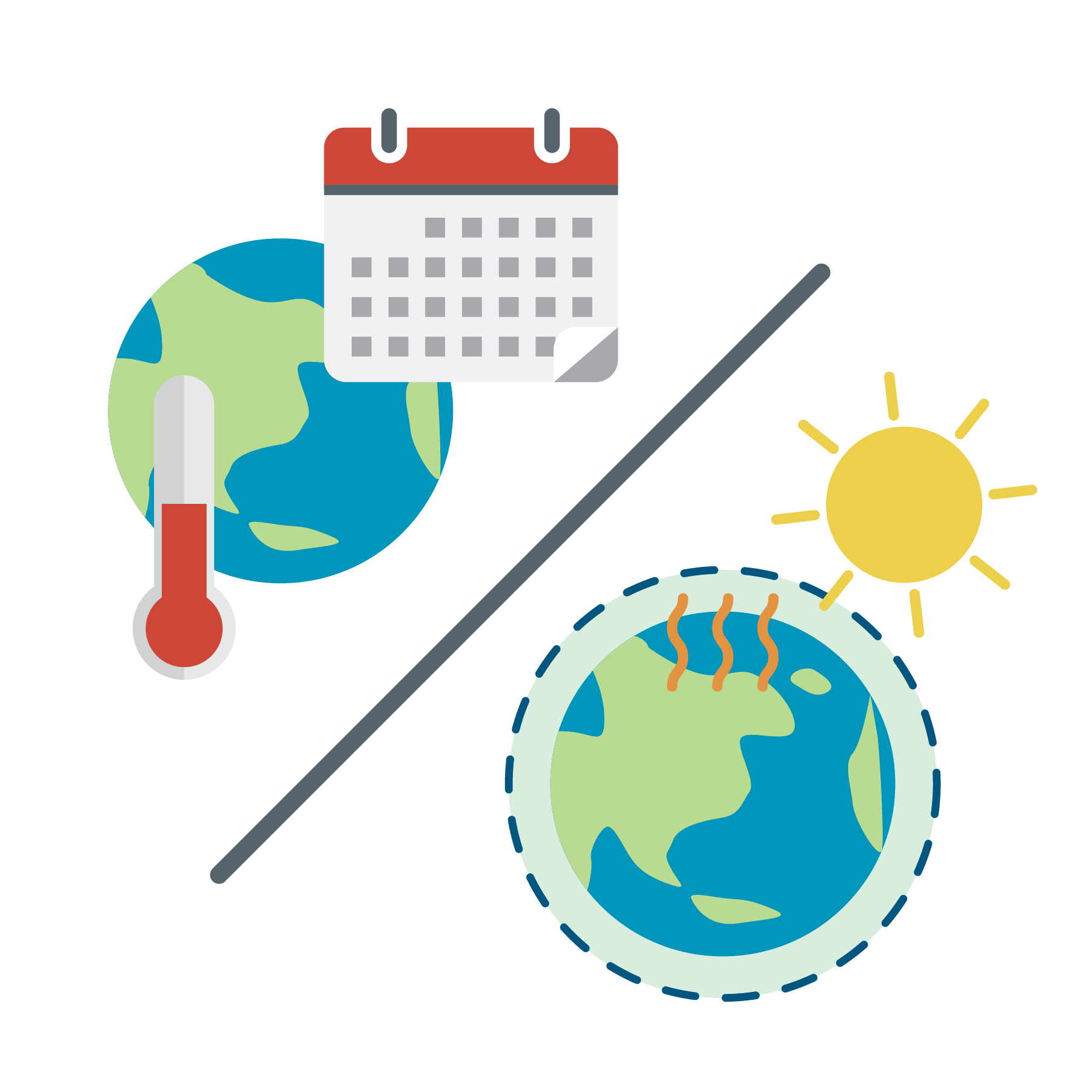
Climate change and global warming are often used interchangeably but there are differences between the two terms. While climate change describes all long term changes in average climate conditions such as precipitation or warming temperatures, global warming is a type of climate change that describes only increases in temperature over a period of time.2 Global warming is caused by increases in certain gases such as carbon dioxide and methane in the atmosphere. These warming gases, called greenhouse gases as a group, absorb heat and reflect it back towards the surface of the Earth, thereby increasing the temperature and resulting in a warmer climate.1 Human activities release large amounts of these types of gases into the atmosphere, resulting in warming.2 Water vapour itself acts as a greenhouse gas and warms the atmosphere, however water is constantly condensing into rain and later evaporating again in the natural water cycle.
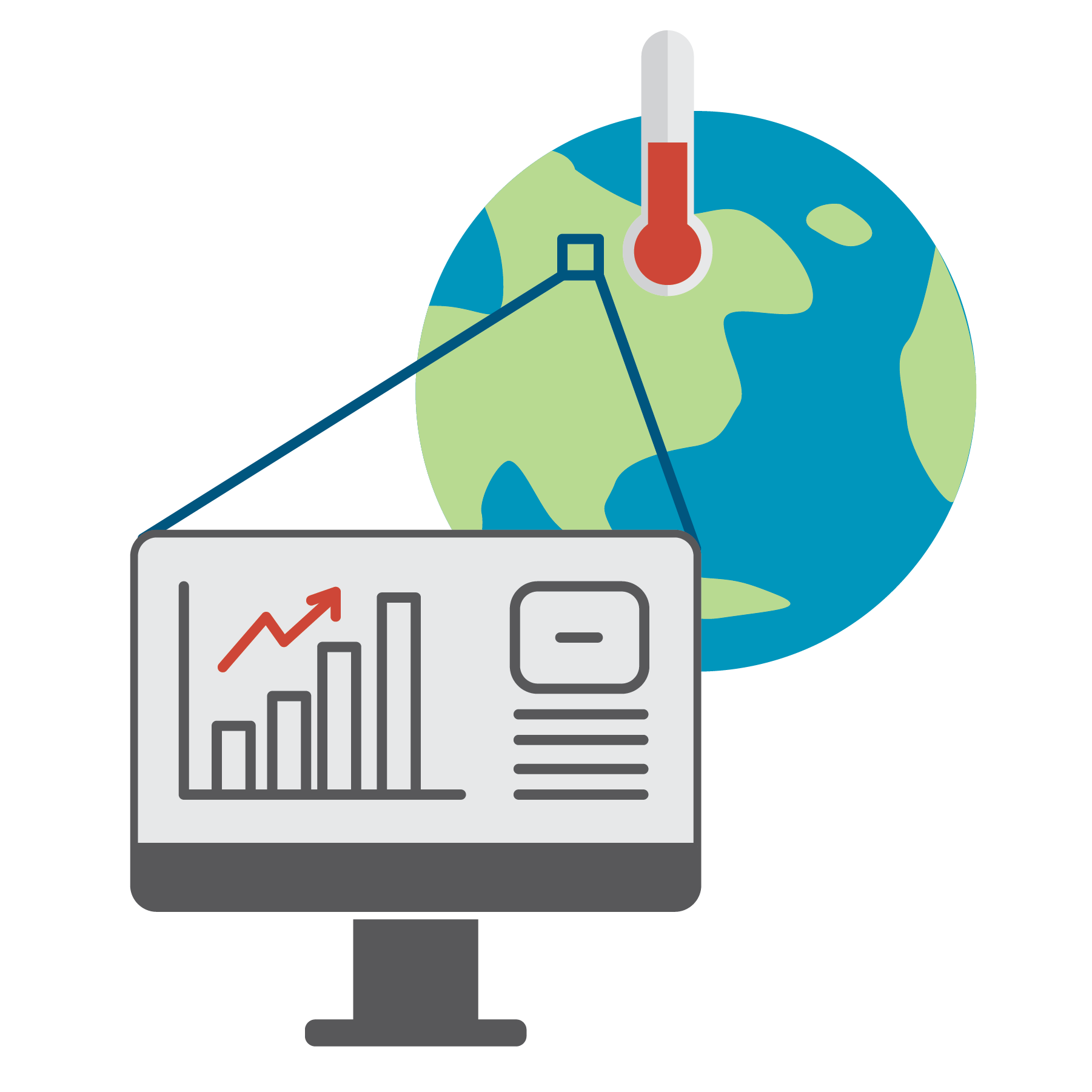
The impacts of human-caused climate change can be observed in many of Earth’s processes, including rising sea levels, decreased ice at Earth’s poles and in mountain glaciers, land and ocean temperature increases, and increases in the frequency and severity of the weather including more hurricanes, heatwaves, wildfires, droughts, and floods.2 However because Earth’s processes interact in complex ways and because the Earth is so big, it is challenging to study the impacts of climate change. In order to study these impacts in the best way possible, scientists use climate models to simulate the response of the global climate system to increasing greenhouse gas concentrations.
The changes to earth’s systems result in impacts experienced at a local level. For example, here in Alberta, climate models project that there will be warmer temperatures which will result in changes in the amount of precipitation falling as snow, and in the timing of snow melts in the spring.
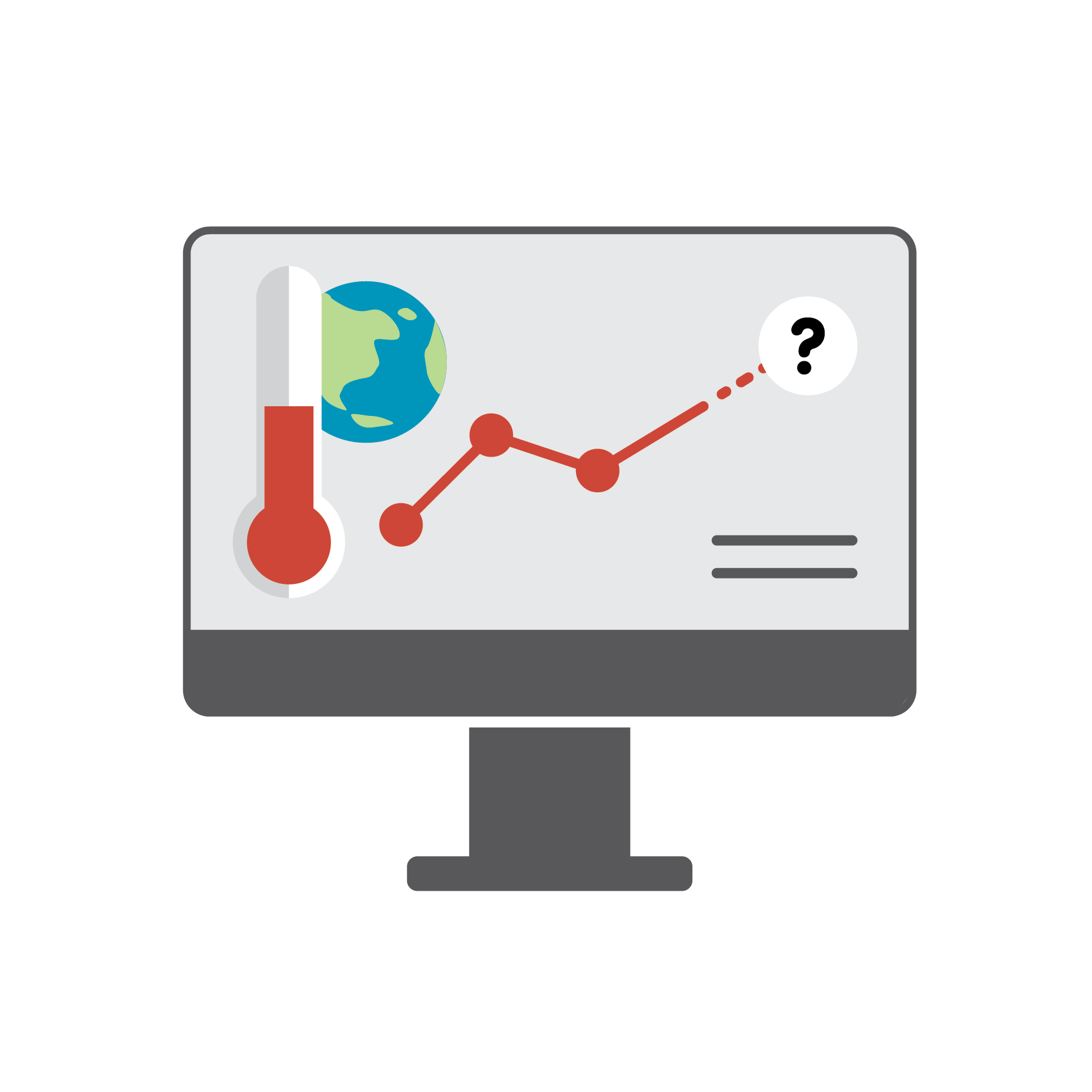
Climate models are computer programs that rely on data inputs and a description of Earth’s physics to project how climate conditions may change for the globe or in a given region over the coming decades.
Scientists and engineers create “what if” scenarios with computer models to answer their climate questions. For example an environmental scientist in Alberta may ask “will we have more or less snow each year as the climate gets warmer?” Or, “how will the changing climate impact water availability in Alberta?”.
No individual climate model can provide a precisely accurate future climate prediction. Instead, models provide a best guess or a “projection” of what could happen to the climate over a given period of time.
Because models are not able to predict the future, scientists increase the accuracy of their projections by comparing and sometimes combining the results from many different climate models. Using more than one model increases their confidence in the results and allows them to make their projections with more certainty.
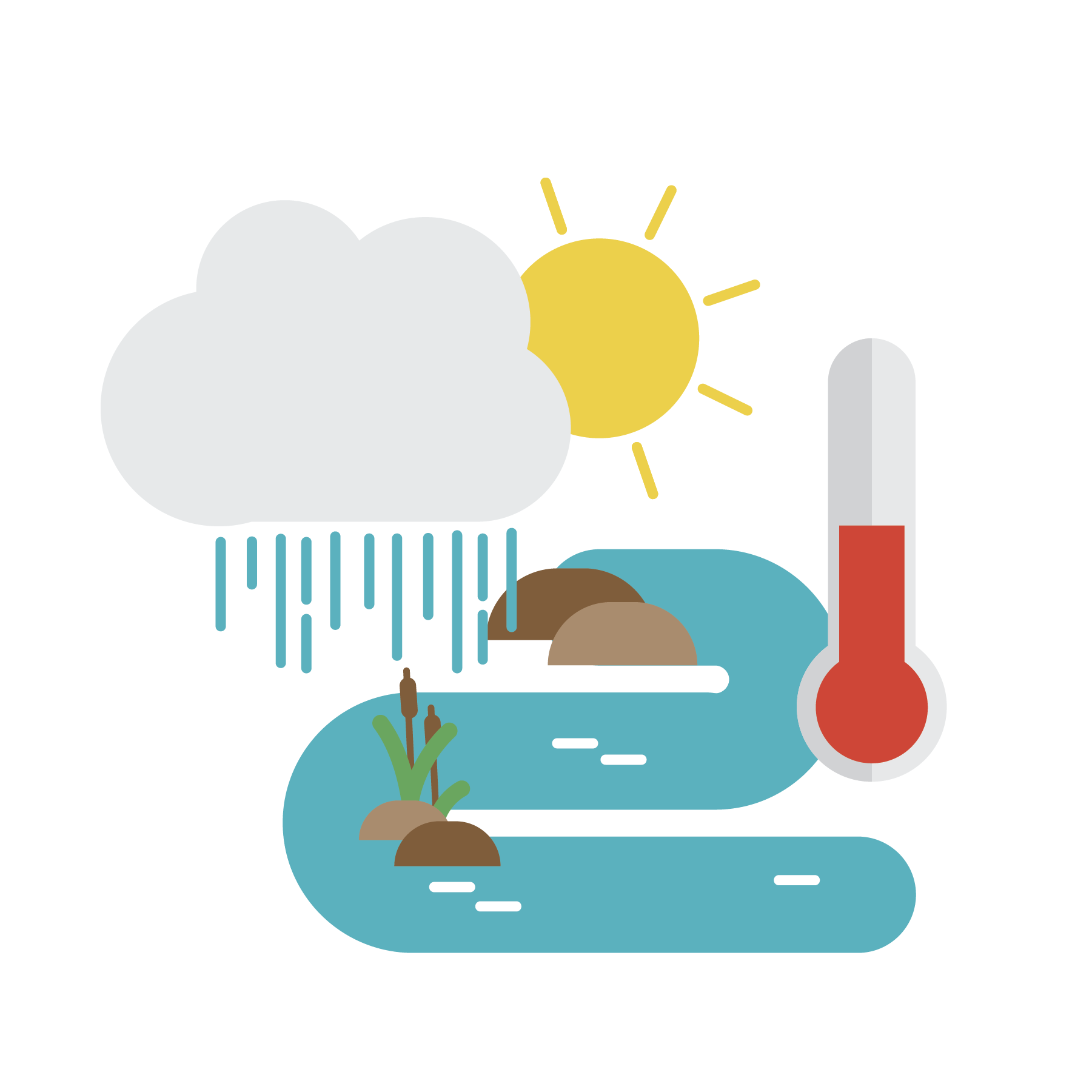
The impacts we experience from climate change can be clearly seen in our water resources. For example, increasing air temperatures will lead to snow melting earlier in the spring, forests and crops drying out faster and needing more water to survive at certain times of the year, and glaciers melting quicker3. The impact on glaciers is particularly concerning as glaciers are very important for water availability in the late summer. This is because late summer is when water is most needed due to rivers being at their lowest flows and when ecosystems are most stressed.
An increased number of extreme weather events can also be expected, which will impact Alberta’s water resources. A few examples of weather extremes include events such as multi-year long droughts, wildfires, heavy rainfalls, or strong wind and hail storms. Our water resources will be impacted because these events may create periods of water scarcity as well as floods. Decreasing water quality can also be caused by wildfires and flooding.
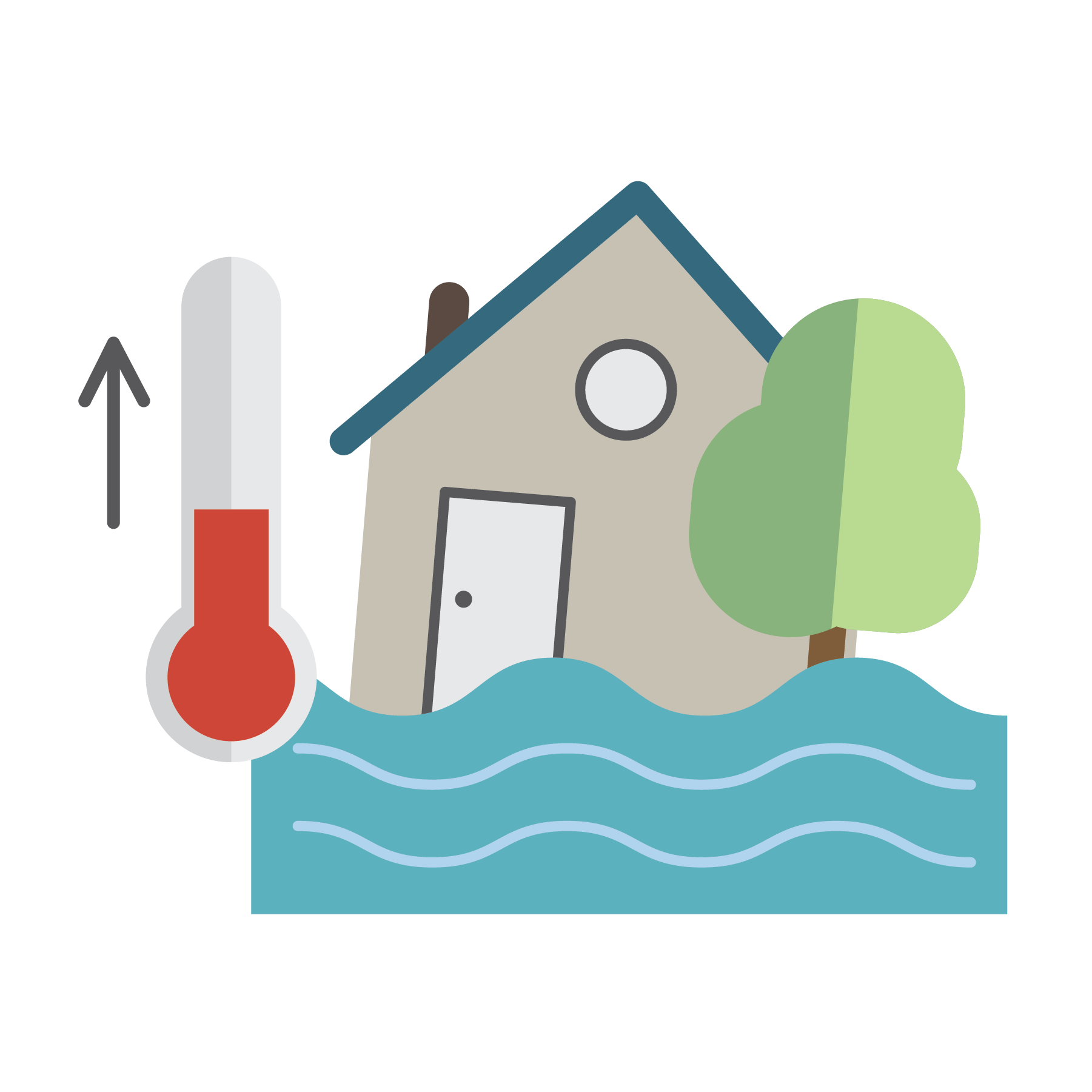
An example of climate change effecting water at the local level is in Northern Alberta, which is projected to receive more precipitation in a changing climate3. Climate change will not only impact the amount of precipitation that falls in this region, but also when the precipitation falls and whether it falls as rain or snow. These changes in amount and timing of precipitation can have big impacts on the water available. For example, if a region receives more precipitation on average over the year, but all of the rain falls in the spring and none in the summer, it may result in flooding. By autumn, the same region will be likely to experience water scarcity.
Scientists have conducted modelling studies to explore what changes we may see in our own river systems. Explore the Athabasca, Red Deer, Bow, and Oldman River Basins by clicking the buttons below or using the menu.
The Prairie Provinces of Canada share similarities in climate and they share the same rivers flowing eastward, suppling water for all the diverse users. Explore how climate change is projected to impact the water resources across the Prairie Provinces by clicking the button below or using the menu.
This project work has been made possible by Nutrien, Enbridge and the Carlson Family Foundation, along with the Government of Canada and the Government of Alberta through the Canadian Agricultural Partnership.


We provide Canadian educational resources on water practices to promote conservation and sustainability. Our team crafts current and relevant content, while encouraging feedback and engagement.
The Canada WaterPortal is a registered charity, #807121876RR0001
We recognize and respect the sovereignty of the Indigenous Peoples and communities on whose land our work takes place.
© 2025 All Rights Reserved.